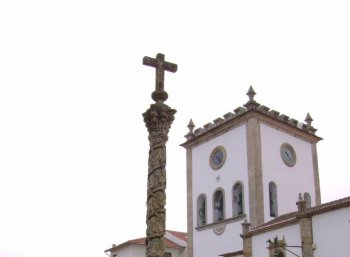Explore the best places
Monuments in Bragança
Igreja Matriz de Zoio / Igreja de São Pedro
- heritage
Largo do Campaço
5300-911, Bragança
Temple consists of a longitudinal plan with a nave, a chancel and a vestry located near rectangle.
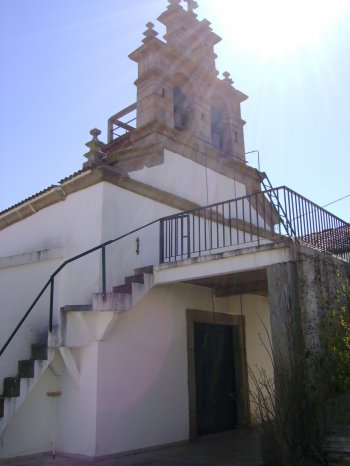

Estátua de Dom Fernando Duque de Bragança
- heritage
Rua Dom Fernão
5300-025, Bragança
Statue of Don Fernando, Duke of Bragança, erected in the V centenary of the city, in 1964 by Manuel Ventura Teixeira Lopes.
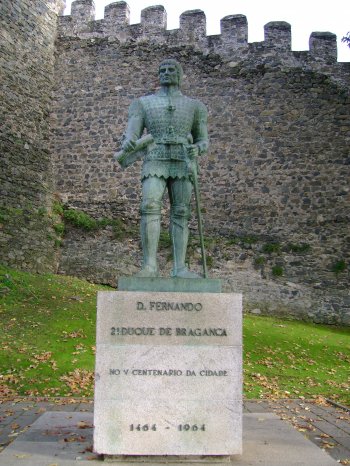
Porta do Sol
- heritage
Rua Fonte da Rainha
5300, Bragança
This is one of the doors of the castle of Bragança.

Igreja de São Vicente
- heritage
Rua Combatentes da Grande Guerra, 8
5300, Bragança
This monument, considered by some authors as romanic and gothic by others, was remmodeled in the 16th, 17th and 18th centuries. In the exterior, a special note to the mannerist portal and to the fountain with th royal arms of 1746, the Passo and the that commemorate the proclamation of Genarl Sepúlveda against the French invasion. Inside, a special not to the Chapel of the Saint Christ.

Igreja de Santa Maria
- heritage
Rua da Cidadela
5300, Bragança
The body of the monument was built in the 16th century and the façade has a baroque portal with pseudo-salomonic columns and frontons with rolled parts. The interior is divided into three naves by polygonal columns that support arches. A special note to the high chapel and to the chapel of the Figueiredos, the retable of Saint Estevão and the image of Saint Mary Magdalene.
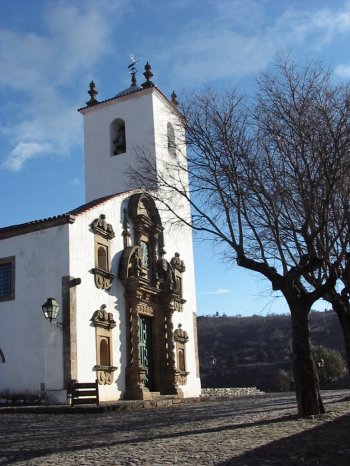
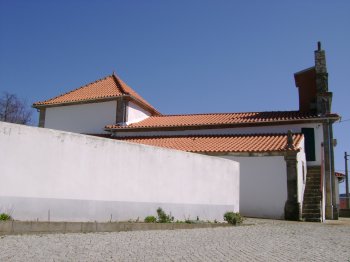
Edifício na Rua Abílio Bessa
- heritage
Rua Conselheiro Abílio Beça, 103
5300-011, Bragança
Building built in the late 18th century, and was added in the 19th century\/20th floor more indented.
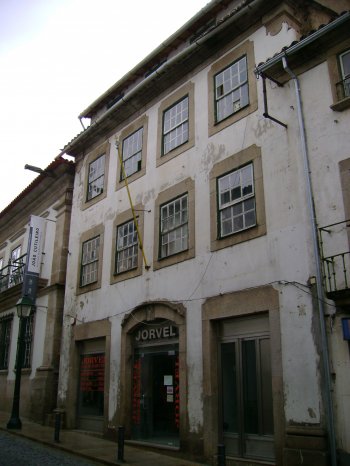
Cruzeiro do Outeiro
- heritage
Largo da Igreja
5300-711, Bragança
A crucifix with a parallelipipedic base and a column with its main part decorated. The chapiter has volutes where the crucifix stands.
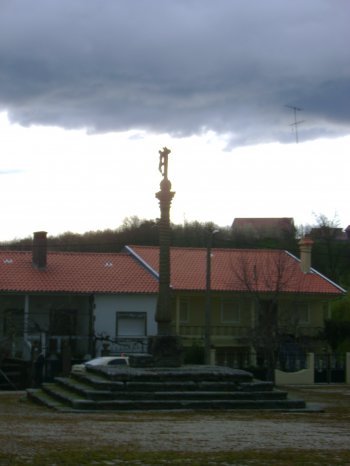
Cruzeiro da Sé
- heritage
Praça da Sé
5300-265, Bragança
A crucifix with a serpent-like main part of the column, placed in this square at the end of the 17th century to replace another work that stood there. In the 19th century it was taken to a place next to the cemetery and returned to its original place in 1931.
